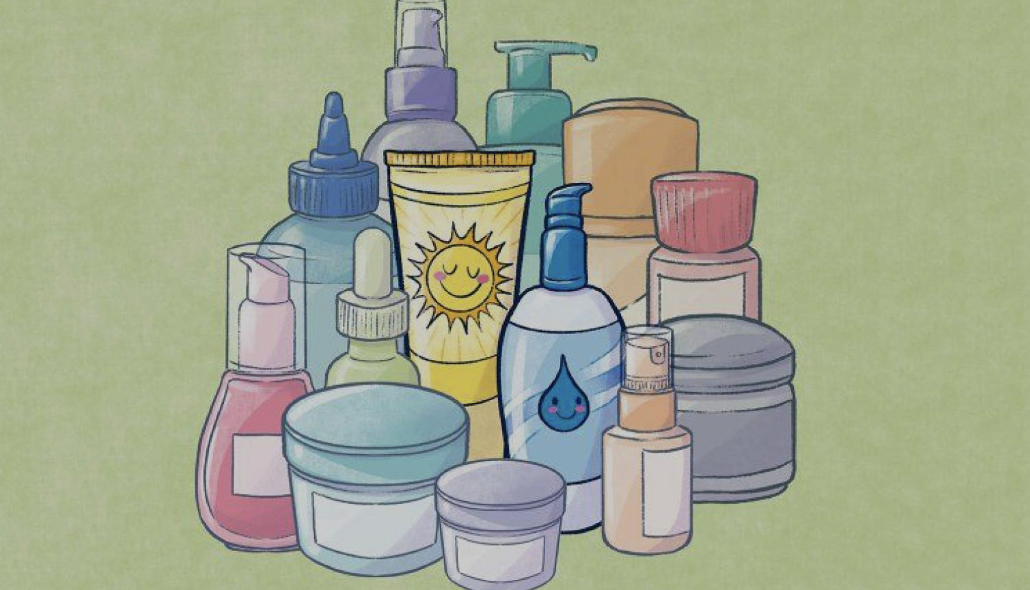In the heart of bustling cities and the quiet alleys of suburbs, where life intertwines through layers of dreams and memories, a peculiar phenomenon unfolds. An old T-shirt, a cherished sweater, the forgotten pair of jeans—all have stories woven into their fabric. As your wardrobes transform with the shifting seasons, a small but potent question arises: How can these garments be honored beyond their lifespan? The answer is donation. Yet, within this noble endeavor lies a labyrinth, where well-meaning efforts can inadvertently feed the shadows of organized crime.
Let’s wander together through this enigmatic world of used clothing donation, unraveling the threads of proper practices while illuminating the hidden passages where crime lingers. This journey aims to equip you with the knowledge to ensure your clothes embrace their new leases on life without veering off into questionable paths.
The Surprising World of Second-Hand Clothing
As we unfold this narrative, it’s important to peer into the curious realm of second-hand clothing. Communities across the globe cherish this humble market. More than just garments, these items are imbued with narratives—of places visited, experiences lived, and emotions felt. The second-hand clothing industry stands as both a philosophical celebration of resourcefulness and a practical reflection of sustainability. However, it hides a labyrinthine underworld.
Across the globe, organized crime groups have slyly penetrated this realm. With an eye for profiting from free clothing, these entities manipulate well-meaning donations. They can transform charity bags into untraceable commodities, sold in illicit markets that extend from the bustling streets of the Global North to the industrious hubs of the Global South. Unraveling this gown of deception is our quest.
The Players in the Dark
Within this world of discretion and allure, players abound. Criminal networks leverage the lack of regulation and oversight, ingeniously disguising their operations among the legitimate avenues of charity. It is important to recognize that not all players with philanthropic facades are benevolent. Some carry darker intentions behind their sunny, eager-to-help smiles. They siphon donations intended for the needy, selling them to third parties and pocketing the profits.
These organizations exploit opportunities where charity’s nurturing hands once worked. Realizing this reality can shift from disillusionment to empowerment by implementing informed, strategic decisions. Let’s delve into unraveling the puppetry strings and emerge with guidance for donating your clothes safely.
Choosing the Right Channels for Your Donations
What can we do when the noble act of giving is cloaked in ambiguity? How do we choose our paths wisely in this enchanting labyrinth of donation? Through informed intentionality, we find the lantern that guides us.
Research Your Charitable Organizations
Before you let go of your preloved garments, pause and delve into the organizations promising to channel your kindness to those in need. Conduct thorough research, as curiosity serves as our compass in discerning which charities align with transparent practices.
Look for non-profits and charities with a reputable history and endorse ethics as their north star. Agencies with audited financials and transparent operations tell a story of integrity. Verify affiliations with local groups to confirm their roots in communities they support.
Direct Donations
Consider the empowering alternative of donating directly to local shelters, community centers, or churches. By placing your clothes directly into the hands of those who will cherish them, you eliminate the intermediary layers, reducing the chance of your items slipping through the cracks into criminal hands.
Direct engagement fosters a connective energy, a conversation between giver and recipient. Here, the clothes once again serve as vessels of human experience, weaving new stories while continuing their narrative.
Collaborations with Established Retailers
In recent years, some retailers have teamed up with trusted charities to offer donation programs. These involve customers returning used clothing to the store, with guarantees that the items will follow ethical paths. Such partnerships instill a layer of confidence in the donation process, reducing the potential for your gifts to stray into unintended territories.
The Cycle of Awareness
Awareness is a cyclical process—a river that flows both ways. As we seek to donate responsibly, we must also advocate for enhanced transparency across the second-hand ecosystem. Demand better regulations, vehemently propose enhanced enforcement, and champion accountability measures through communicating with policymakers.
Supporting Legislative Aid
The weight of action extends far beyond our closets. Supporting legislative measures that advocate for heightened regulation is crucial. By advocating for stronger policies that counteract the diversion of charitable goods into criminal networks, we instill a ripple of change.
Community Engagement
Participate in community forums, discussions, and workshops that focus on ethical practices in the realm of donations. Encourage dialogues that illuminate the reality and invite neighbors to join you on this vibrant journey toward collective impact.
Spread the Word: The Power of Storytelling
Haruki Murakami once wrote that “stories are the apex of the human experience—they convey truths beyond words.” Share what you learn with family, friends, and social circles. Harness the power of digital media and narratives to build awareness of the need for informed donations. Let your personal experiences inspire others to follow the path with vigilance and compassion.
As we arrive at the conclusion of this journey—a journey through the alleys of hesitation, knowledge, and triump—we are confronted with an affirmation. The act of charity, when deeply understood and meticulously undertaken, channels our intentions into impactful outcomes. By choosing wisely amid the alluring submissions of organized crime, our clothing can continue to weave stories of hope and humanity.
This bewildering world of second-hand clothes, where shadows whisper behind closed doors, is no longer cloaked in mystery. Armed with knowledge, community, and a commitment to ethical generosity, we stand poised to guide our contributions with the integrity they deserve. When the act of giving arises not only from the expanse of our drawers but also from the depths of our understanding, we weave a tapestry of kindness that reverberates beyond our wildest imaginations—defying any darkness with our own light.



